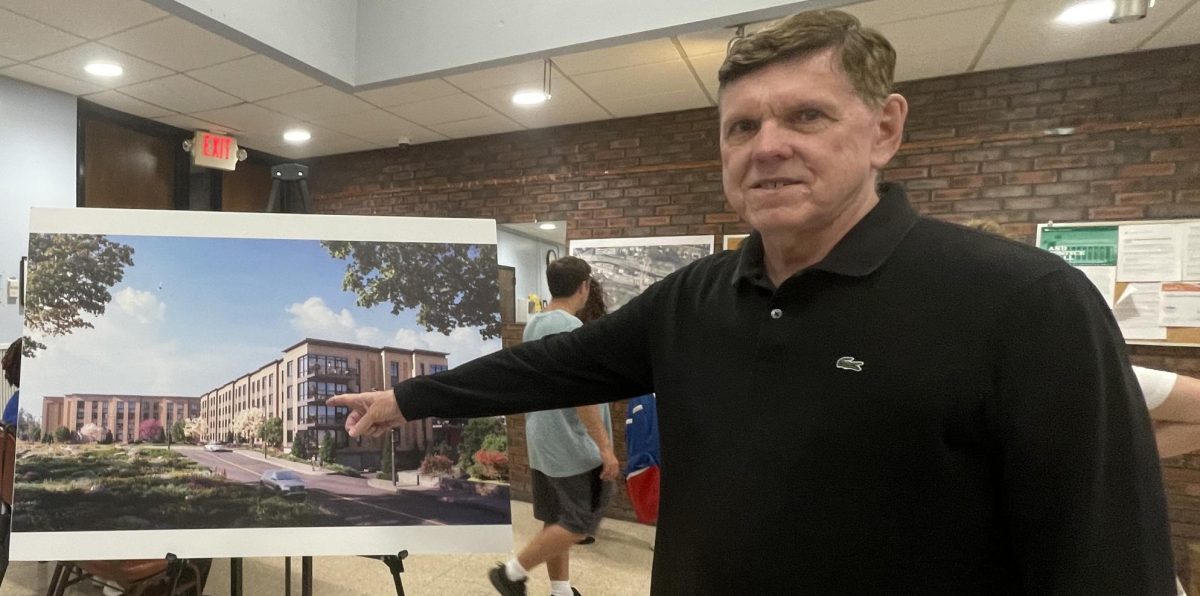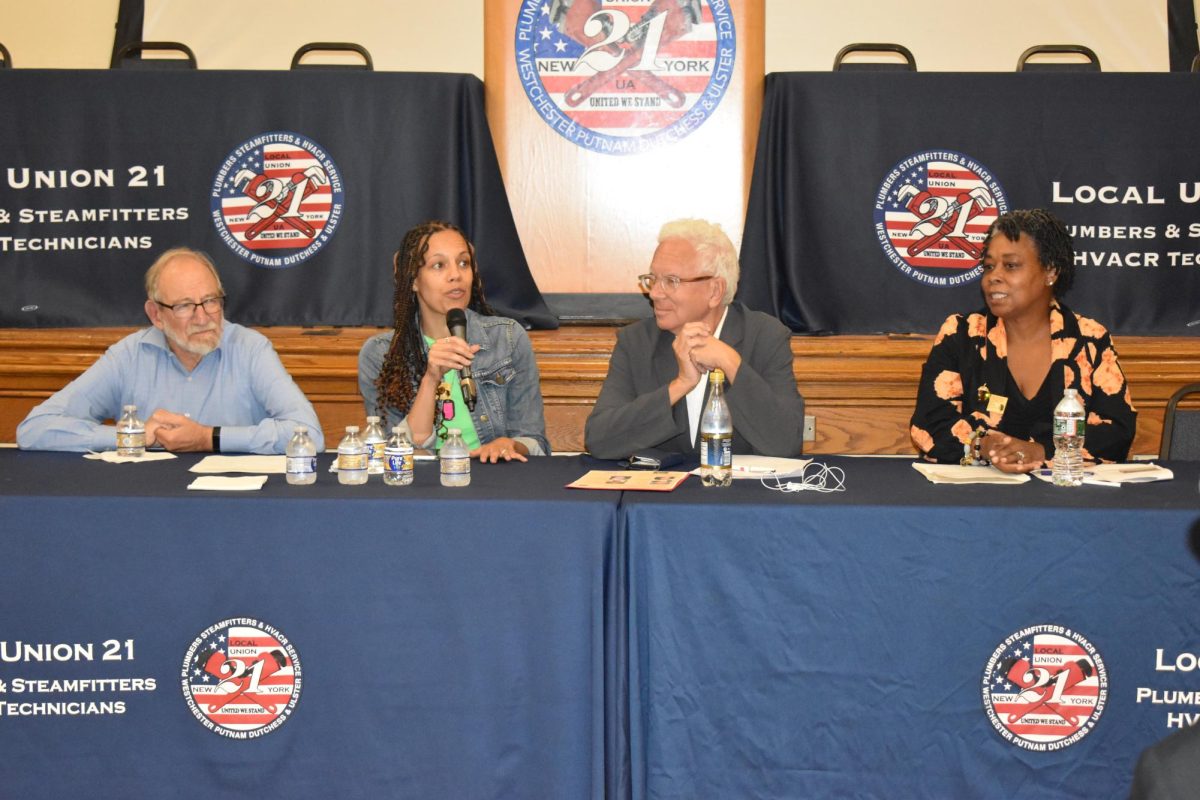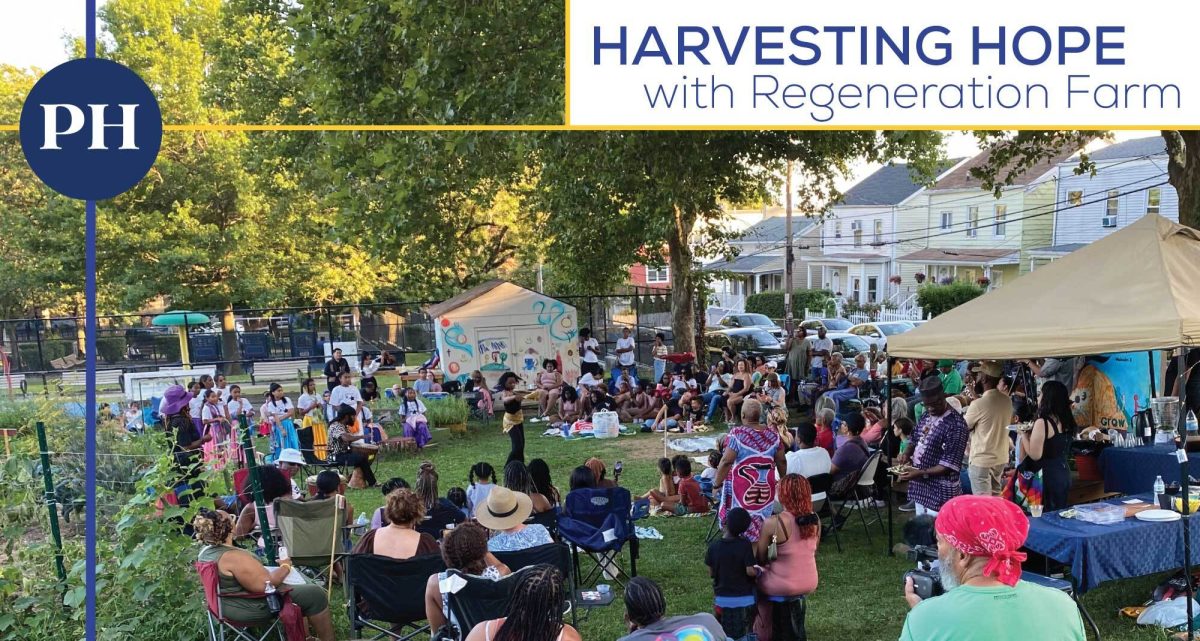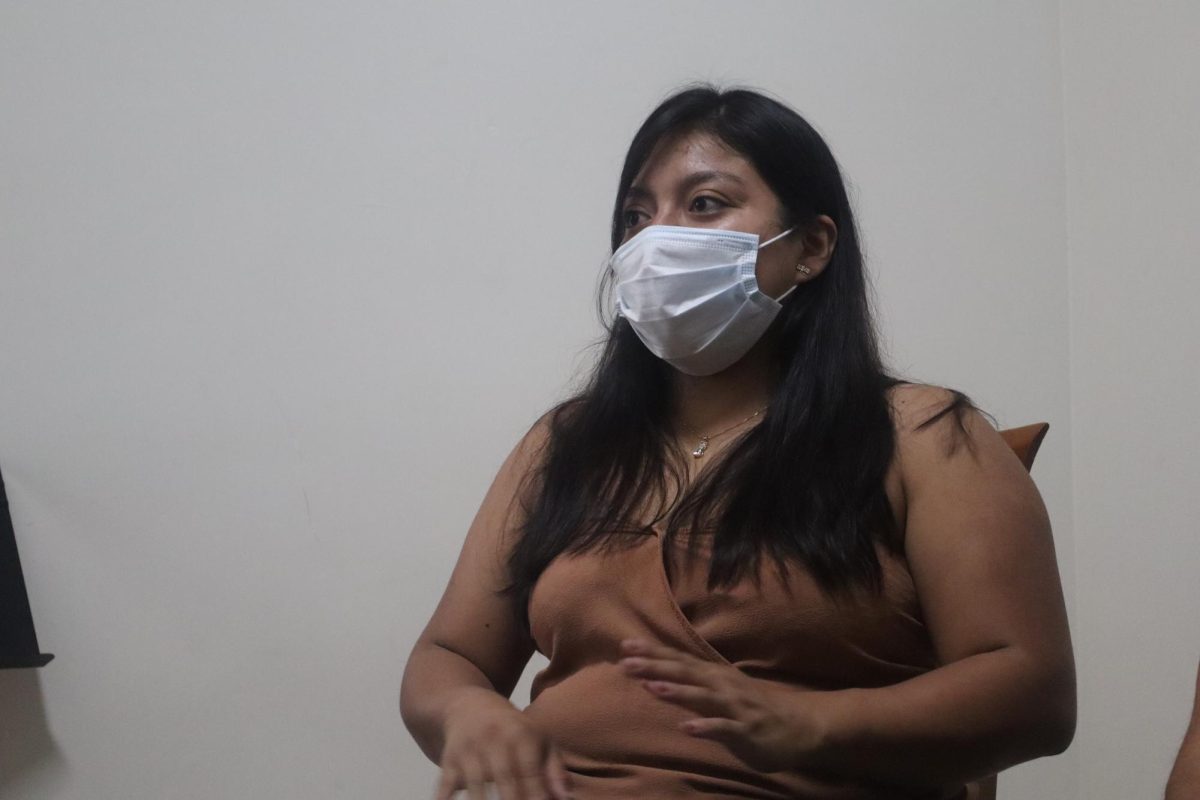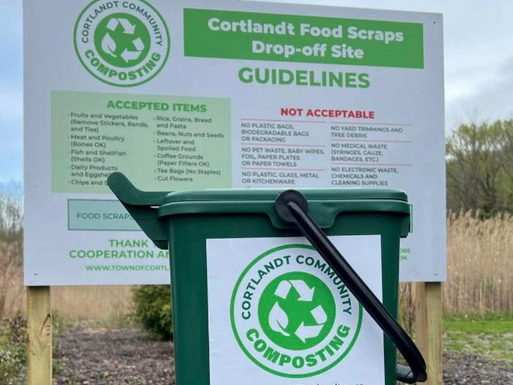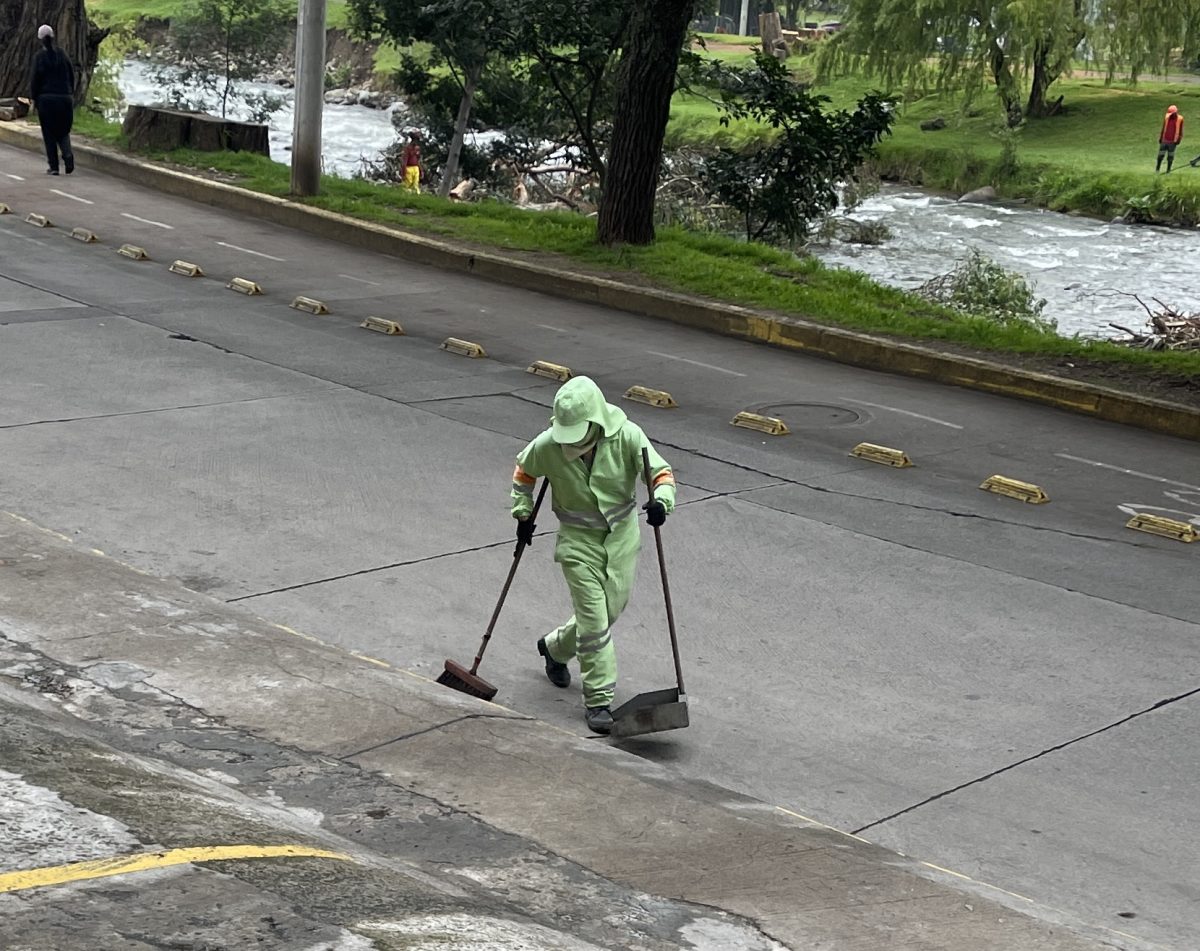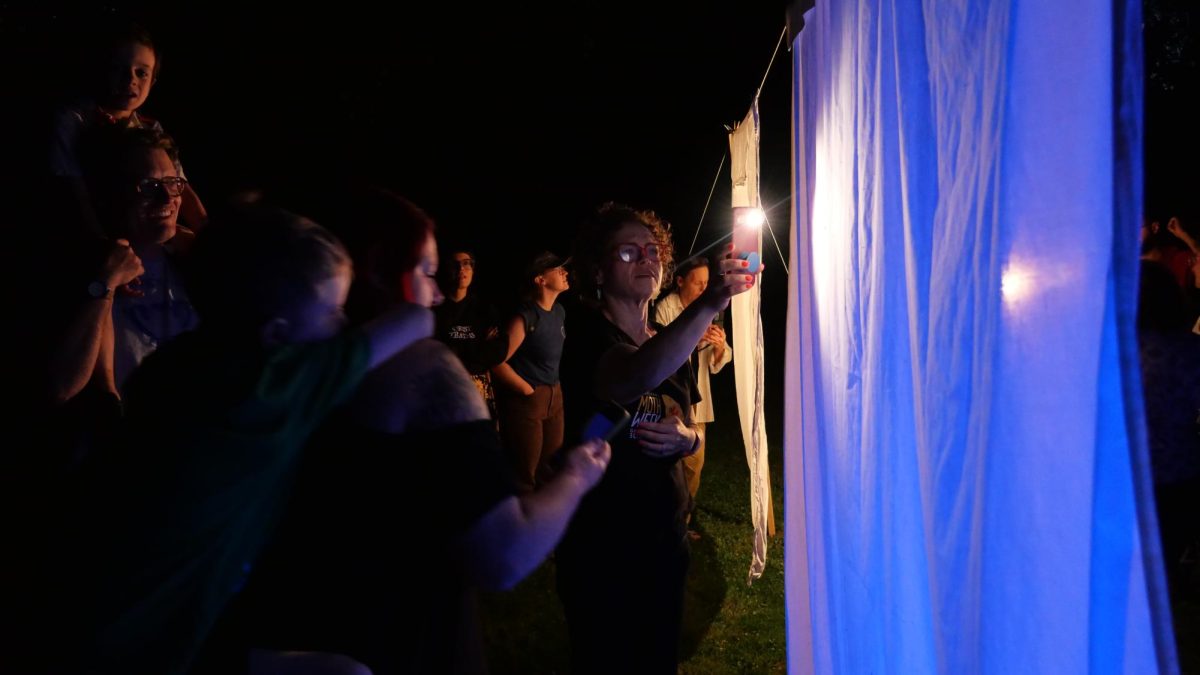Editor’s Note: This two-part series on Peekskill’s Conservation Advisory Council was reported and written by Ray DePaul, the Herald’s Newmark Journalism School intern. Funding was provided by New York Community Trust – Westchester.
The persistent, tireless efforts of the Peekskill Conservation Advisory Council (CAC) over the past 13 years have paid off within the city and beyond. Because of initiatives the CAC gets behind, Peekskill is addressing environmental challenges.
“They’re super engaged in Peekskill, not just in sustainability work, but in the community,” said Emma Kaminski of the regional nonprofit Center for Economic and Environmental Partnership in Albany.“They are always coming up with ideas for new projects, and their opinion is really very valued by the city. They’re a great resource,” said Kaminski.
The CAC is using strategies that do not “just involve the city, but [is also] working collaboratively with other towns in Westchester County,” added Kaminski.
The results of the CAC’s efforts are visible in many ways and gaining momentum, with the potential to improve the quality of life for all residents. For example, the CAC received a grant in January to conduct a tree inventory, a first step in trying to reverse the loss of hundreds of mature trees in recent years.
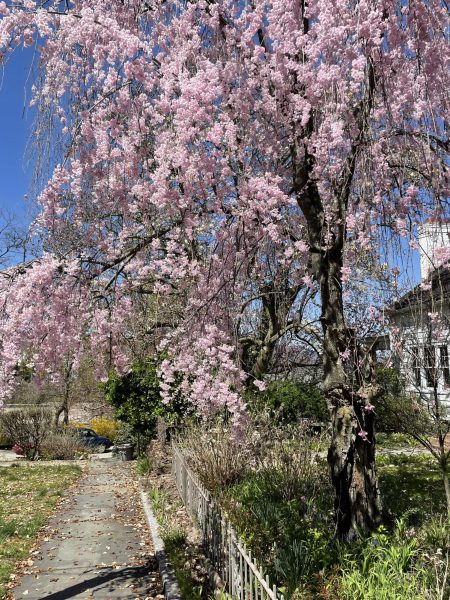
More recently, in late June, the CAC extended its food scraps drop-off program to the Peekskill Farmers’ Market. That’s the second location for food scrap drop off; the Lower South Street bin continues to be available for residents at the City garage from 9 am to noon. And there’s an important side benefit of the new location at the Market: educating and connecting with members of the public.
The presence at the weekly Farmer’s Market is building momentum. “We’re getting three, four people signing up,” said Jan Melillo. “We’re telling them we need new members for CAC and they’re getting excited about it.” Melillo has been an active member of the CAC for five years and often speaks on behalf of the committee at city meetings.
Melillo added that a majority of the visitors to the groups’ tables are young and are already knowledgeable about the initiatives CAC advocates and manages.
“I would love to see greater youth participation in municipal and community actions,” adds Kaminski. She has worked closely with the Peekskill CAC in her current role in Albany, and previously while she was an intern at the city of Peekskill.
Protecting the Tree Canopy – and Everyone’s Quality of Life
Another milestone for the CAC occurred in January, when the committee acquired $75,000 in grant funding to conduct a tree inventory for Peekskill. Tree inventories inspect the trees of a geographic area and note specific characteristics of the trees including size, age and quantity. The official website of the Westchester County government states that tree inventories are particularly useful for all municipalities in creating a “data-based tree management plan.”
The role of trees in improving the quality of everyday life for all cannot be overstated. In addition to removing carbon dioxide from the air, they provide shade, prevent soil erosion and attract wildlife, according to the Arbor Day Foundation.
Areas well-shaded by the presence of trees can range from six to ten degrees cooler than a non-shaded counterpart. This counters the “heat-island” effect, where man-made structures and the surrounding paved areas emit heat, making them “islands” of heat compared to surrounding more natural areas. According to the Environmental Protection Agency, increasing tree canopies is a leading way to counteract the heat island effect.
The challenge is only getting harder. The last nine years were the hottest on record, according to NASA’s Earth Observatory. And as more urbanization happens in cities such as Peekskill, the average temperature in cities that are already struggling to mitigate climate change will only intensify. To understand and address the situation, in addition to the CAC’s tree inventory, the city is surveying residents to better understand the ways climate change is affecting Peekskill residents. That will enable creating a report that details strategies for combating climate change.
Three years ago, a 2021 tree inventory of Peekskill, done by satellite, painted a picture of little to no trees in the urban parts of the city. However, tree canopies were denser toward the Hudson River, ranking as a “deciduous forest,” according to the Multi-Resolution Land Characteristics Consortium’s satellite findings. Today, even trees that once stood in this area unfortunately are also scarce.
Their disappearance is attributable to many factors, including the building of a new housing complex that requires the demolition of a significant portion of downtown trees. The project going up on South Street and Grove Street’s hillside received city approval in June 2020. Peekskill’s tree ordinance was passed in December 2021.
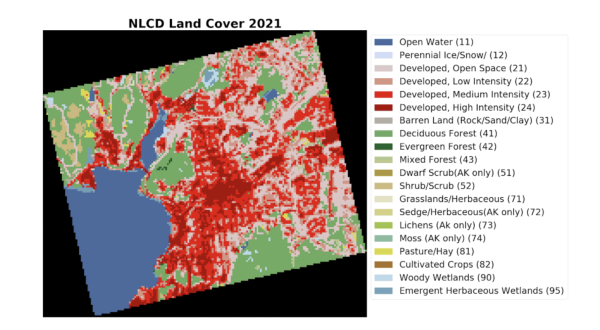
Since the satellite imagery was conducted, significant downtown development has occurred. Now, buildings and other urban developments have replaced many of the few trees left in downtown Peekskill.
The need to inventory and protect remaining trees is critical.
In another initiative that’s increasing visibility and momentum, Peekskill’s CAC worked with volunteers to design brochures for aiding citizens in recycling. “It’s something you can keep in your kitchen and say, ‘Wait a minute, can we put that in with the plastic?’ It’s just packed with information,” said Kay Barthelmes, a board member who has been working with the Peekskill CAC for almost 10 years.
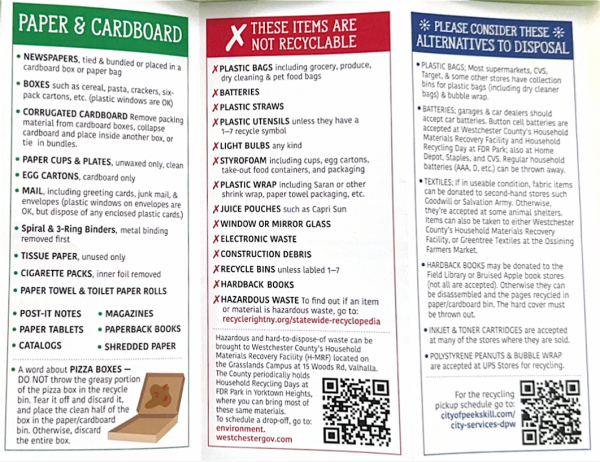
Building Community Through Food Scrapping
Beacon, a city in nearby Dutchess County, also has a CAC that has accomplished a citywide composting program accompanied by a detailed diagram of what is acceptable for the composting and what to leave at home. The CAC claims to identify “major environmental threats” and keeps an inventory of natural resources and an index of their open spaces.
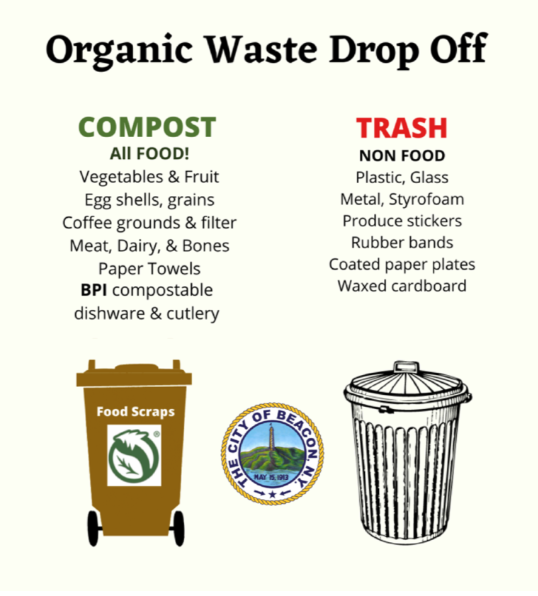
Peekskill CAC’s Barthelmes said that Beacon’s council has shared good guidance regarding food scraps and running adjacent programs.
In 2020, a group of Scarsdale citizens worked together to reach out to nearby cities, towns and municipalities to share their discoveries about running a functional composting program, Melillo recounted.
“They even [researched] the right totes to use,” she added. “They’re an incredible example of one group of citizens helping another group bring about change,.”
“I understand that [Scarsdale activists] said ‘50 percent of our mission is just to share it,’’’ Barthelmes followed up.
In Scarsdale, Michelle Sterling has worked closely to advocate for better green initiatives. Mellilo also credited Sterling for helping her answer quick turn-around questions about food scrapping.
“We’re all here to help,” said Sterling, describing the importance of inspiring other municipalities to turn their “challenges” into other municipalities’ “strengths.”
Ron Schulhof, another prominent advocate who helped start the Food-Scrap Recycling Program in Scarsdale alongside Sterling, hopes other municipalities think “If they’re doing it, let’s do it too.”
Thirty of 45 municipalities have followed in the footsteps of creating a Food-Scraps-adjacent program. The success to which each program exists for each town varies, according to Kaminski.
Leading these initiatives can be difficult, but making cost-effective and feasible models is the most beneficial, said Schulhof.
Since the program spread widely throughout this region of the state, it is clear there is galvanization behind making more climate-friendly decisions, even in unlikely places. CACs continue to meet in their respective municipalities. Above all, what appears to be most important is helping communities better understand potential “green decisions” they could be making.
“You have to educate people,” said Melillo. “You have to meet them where they are.”










